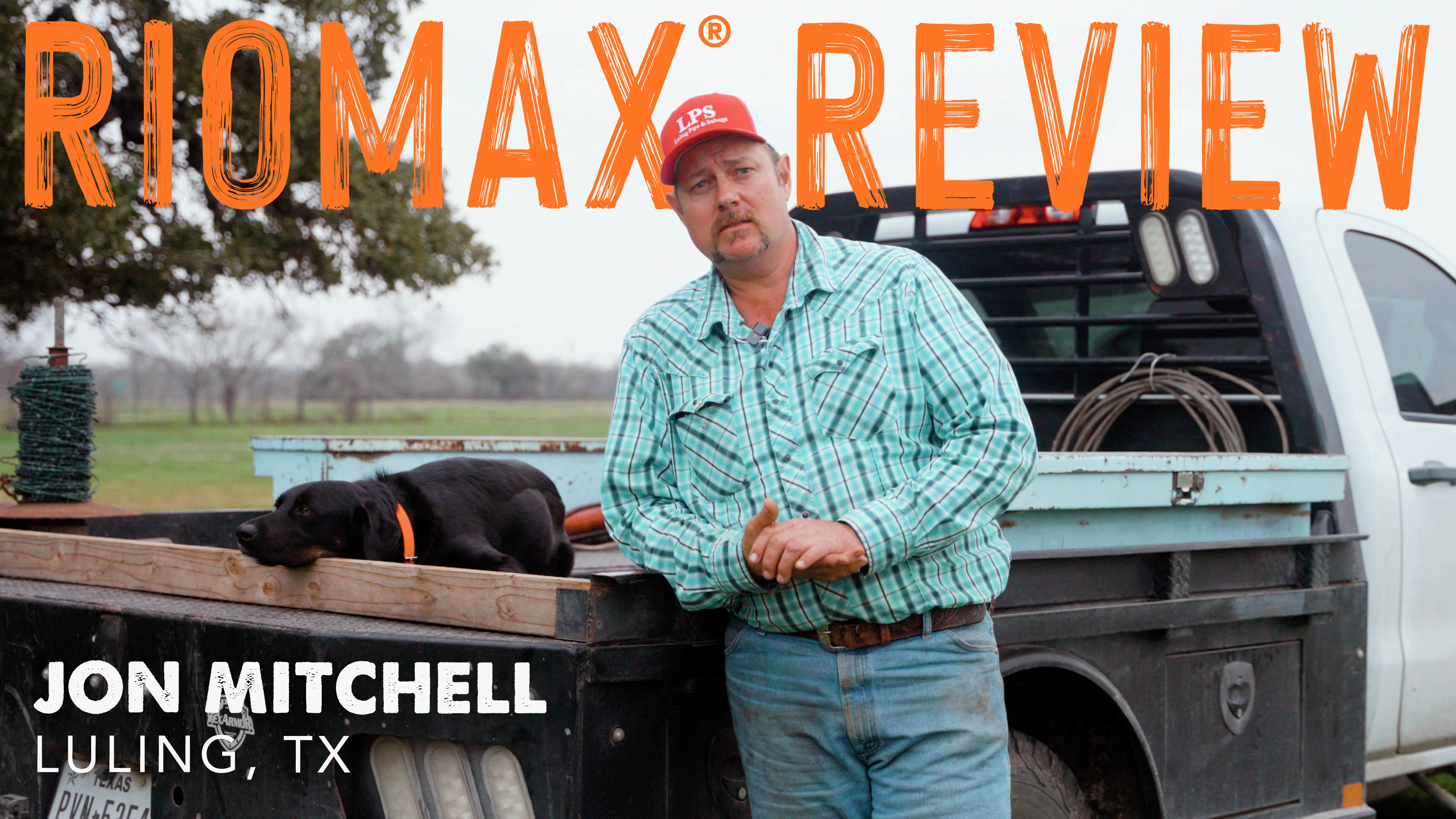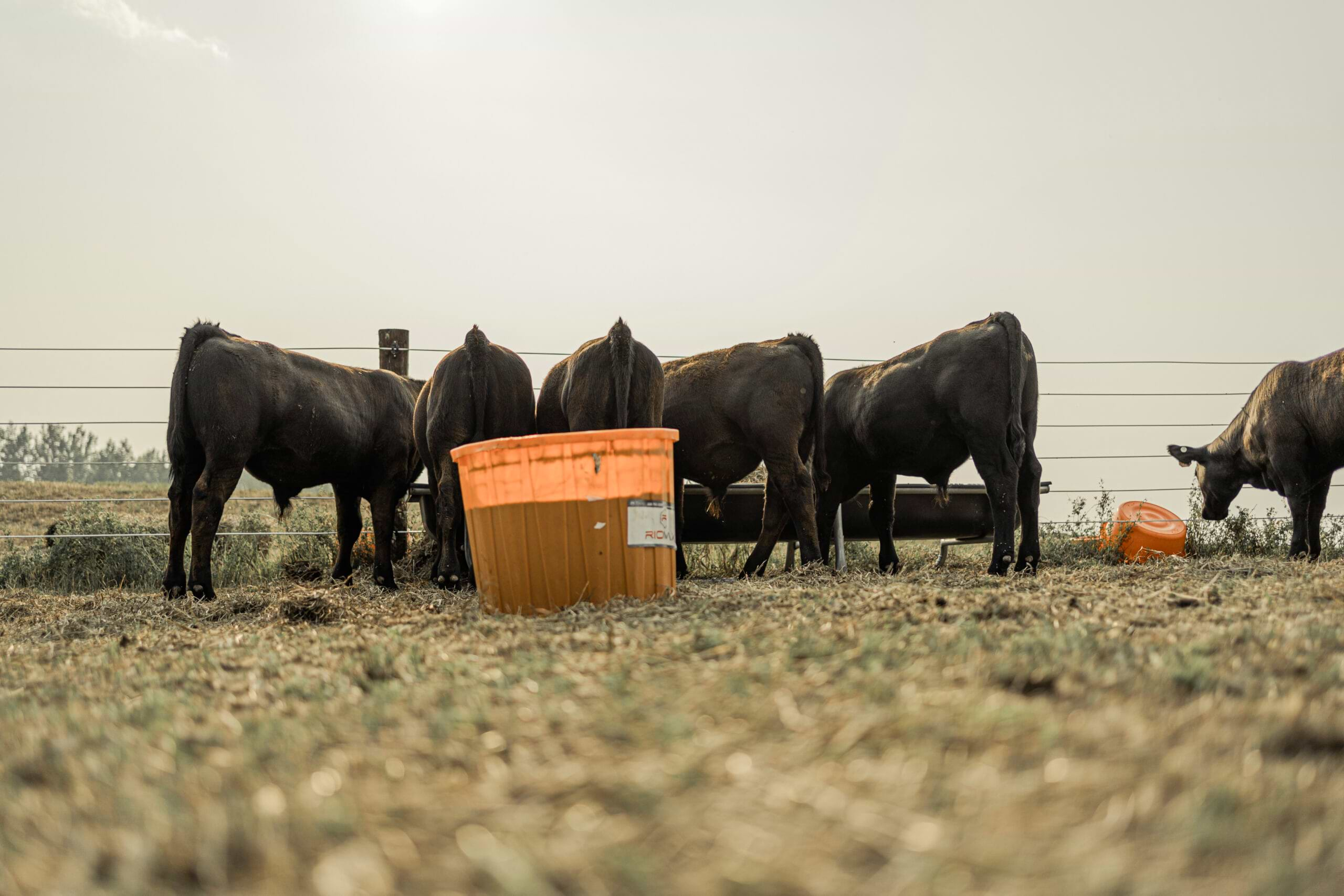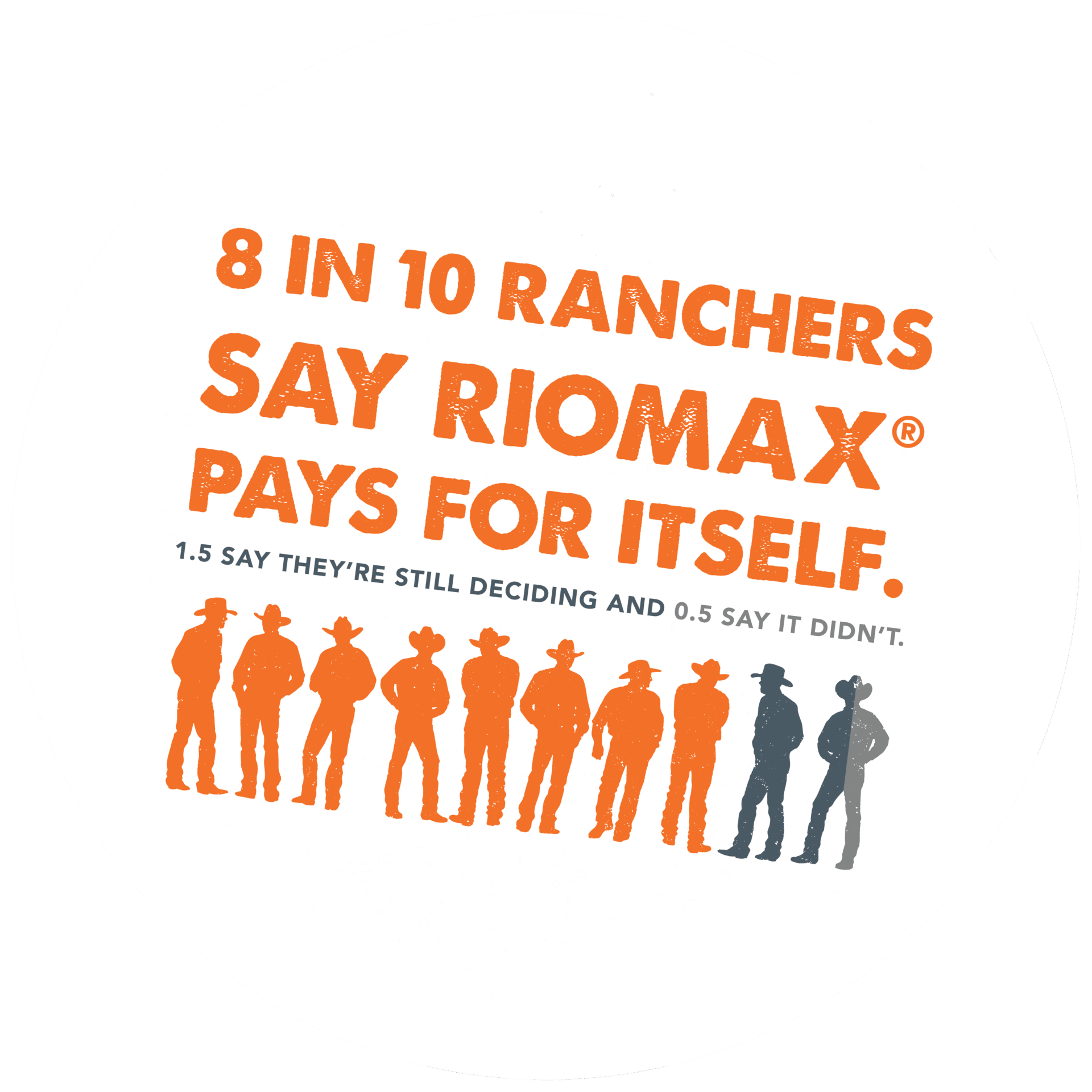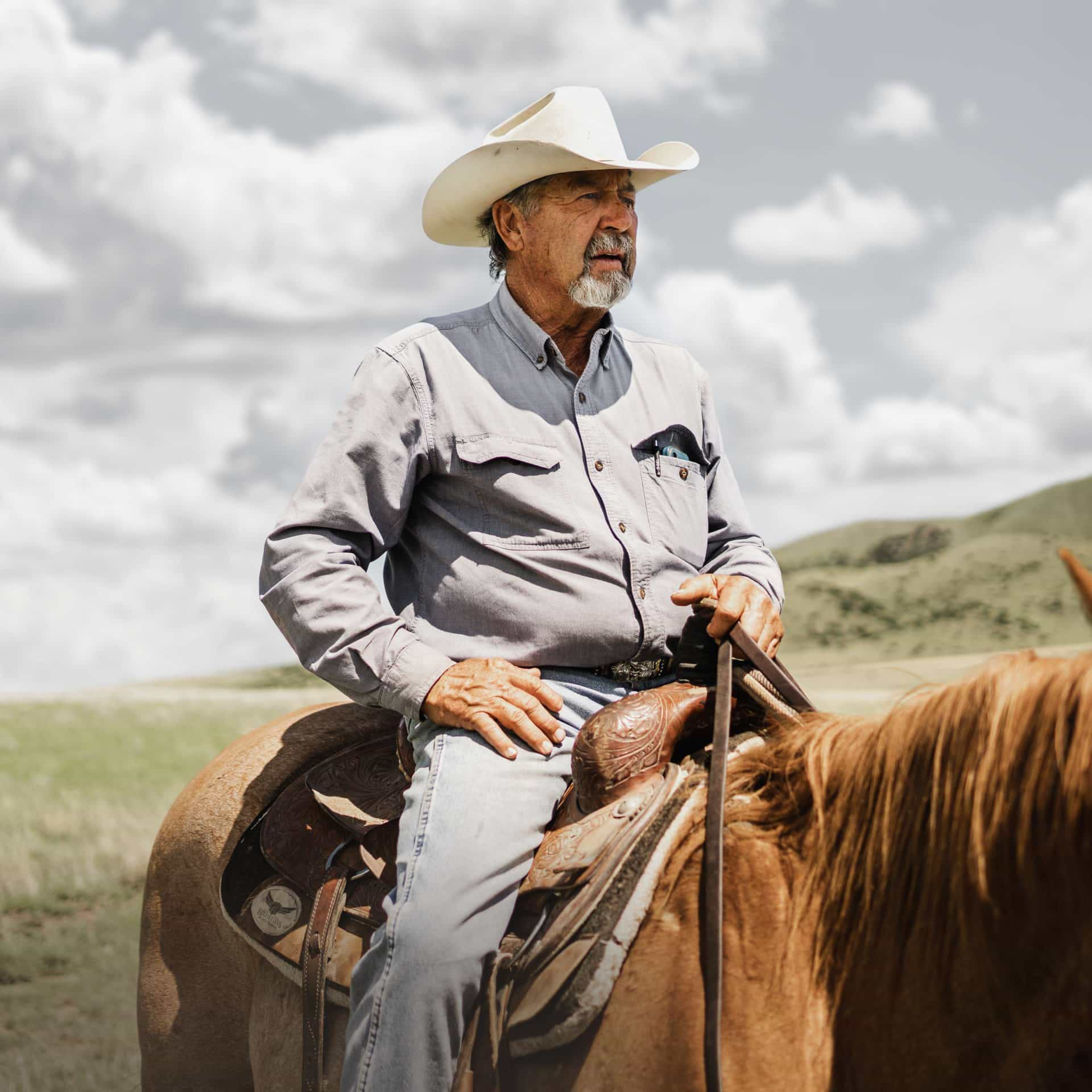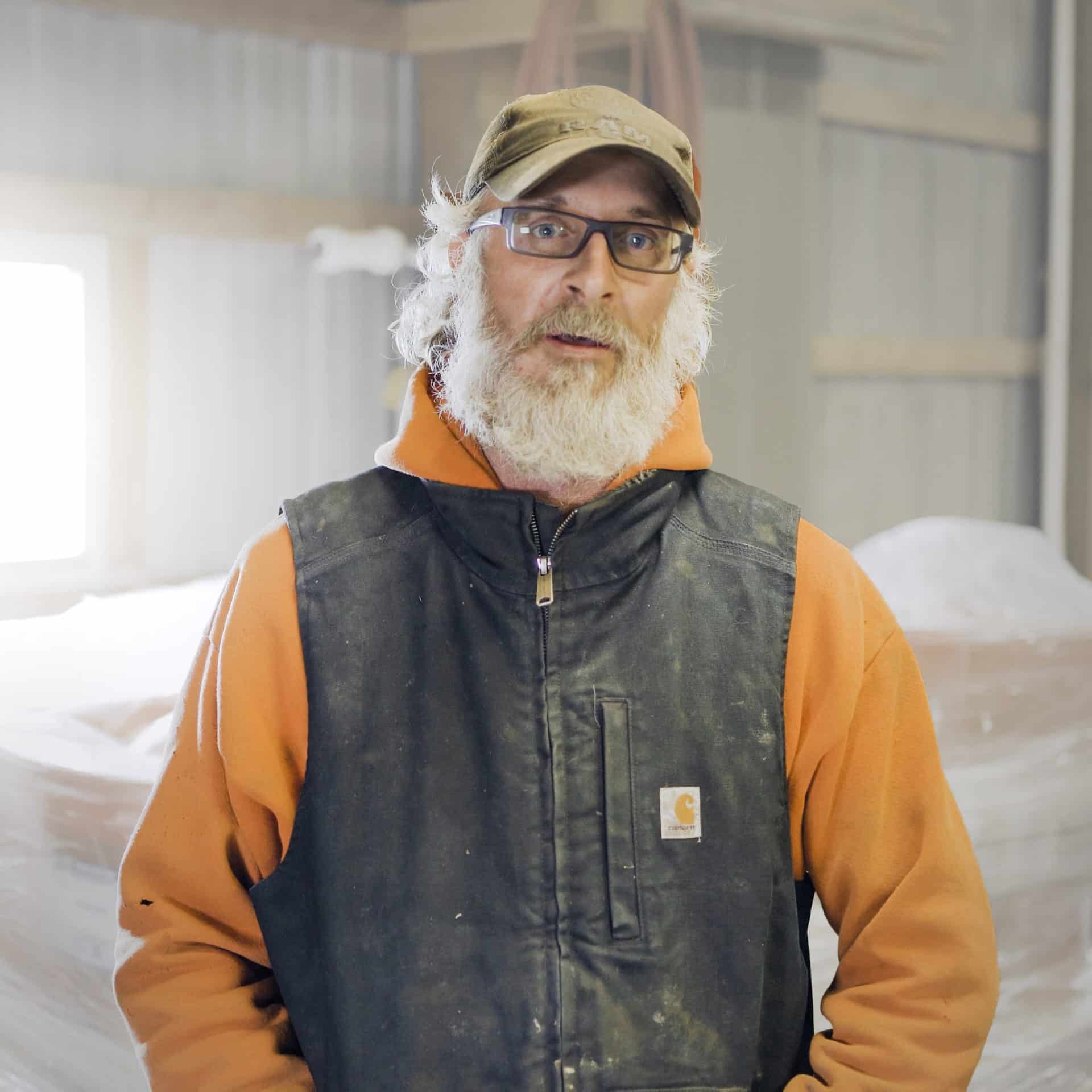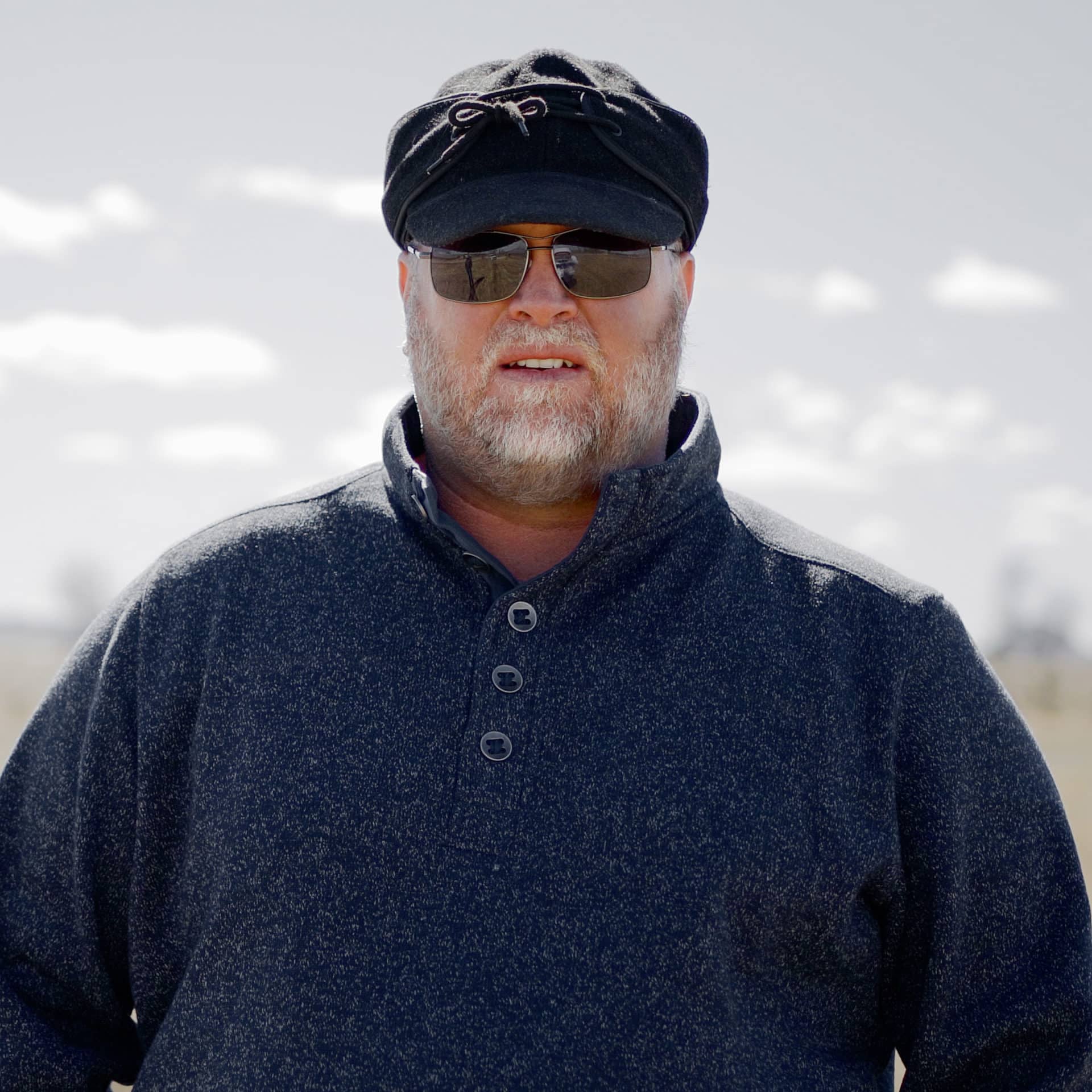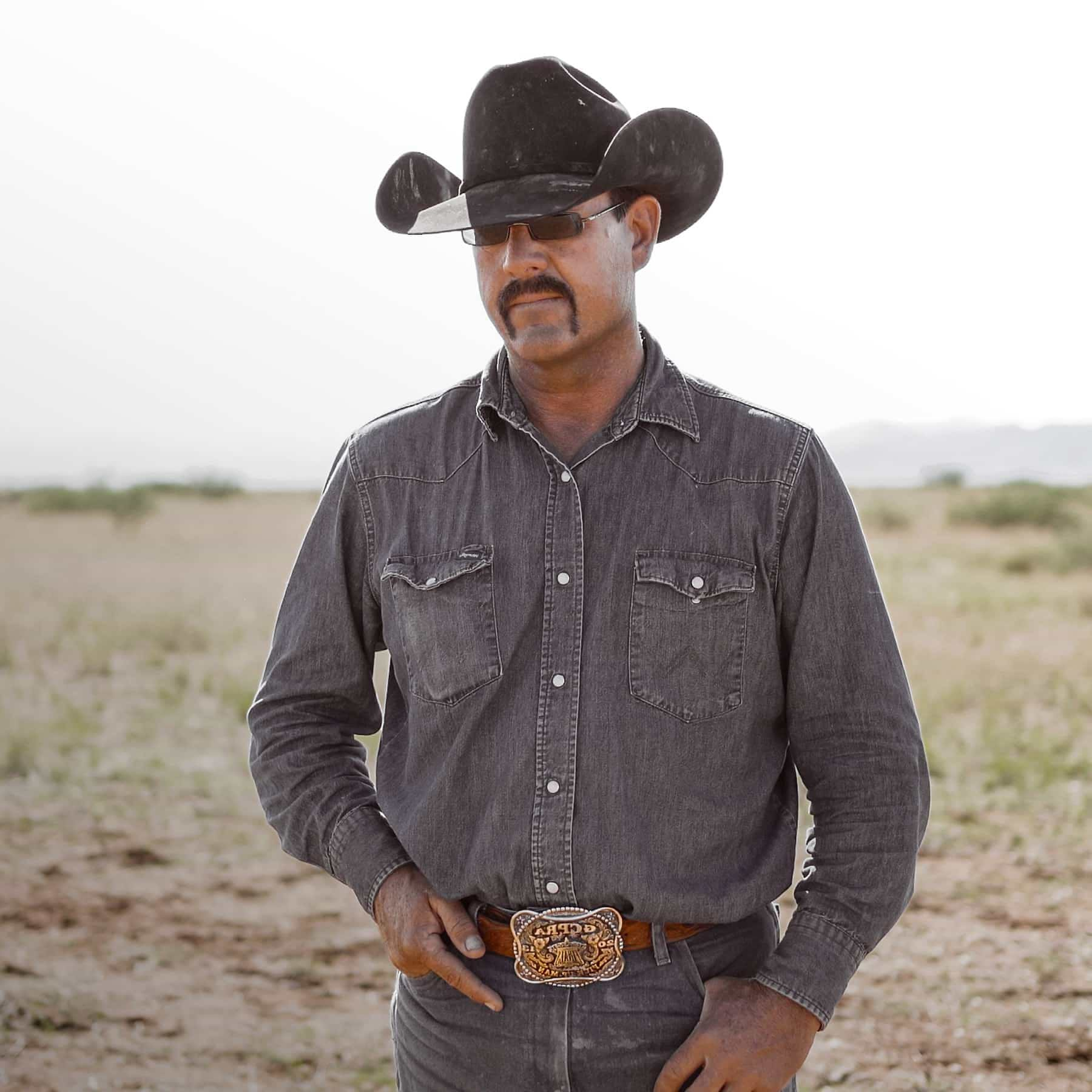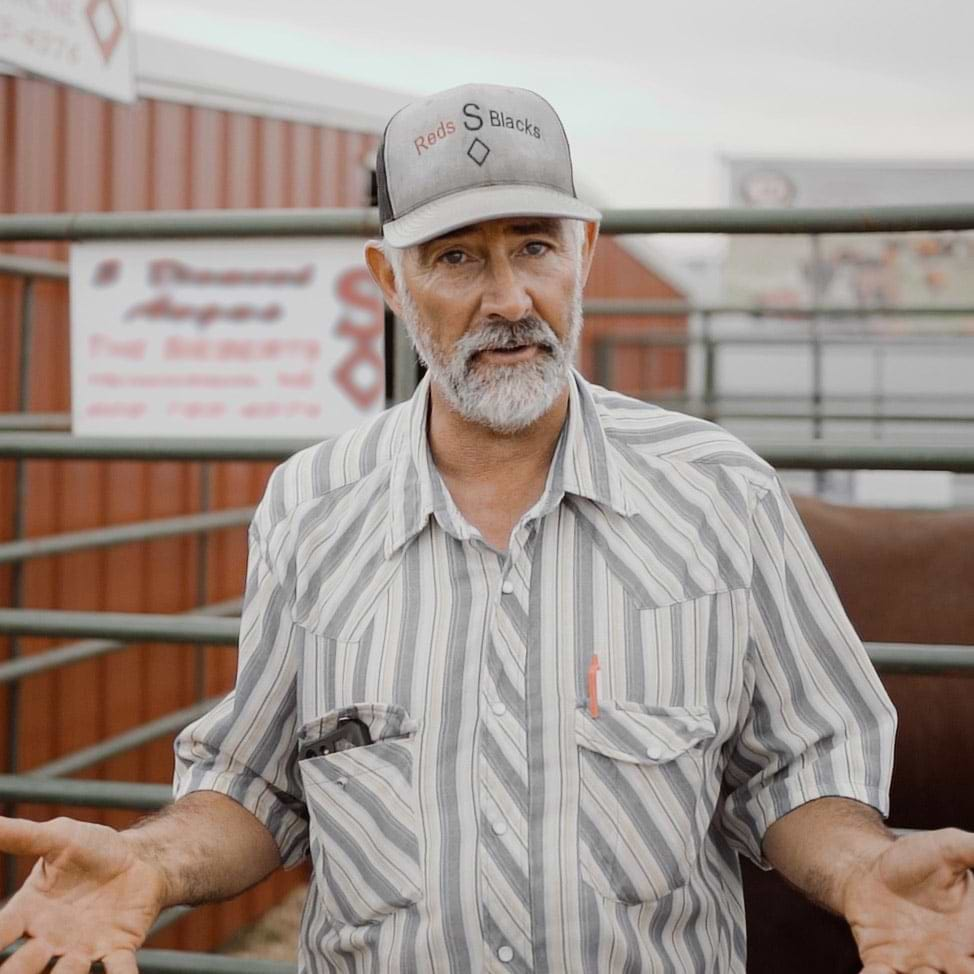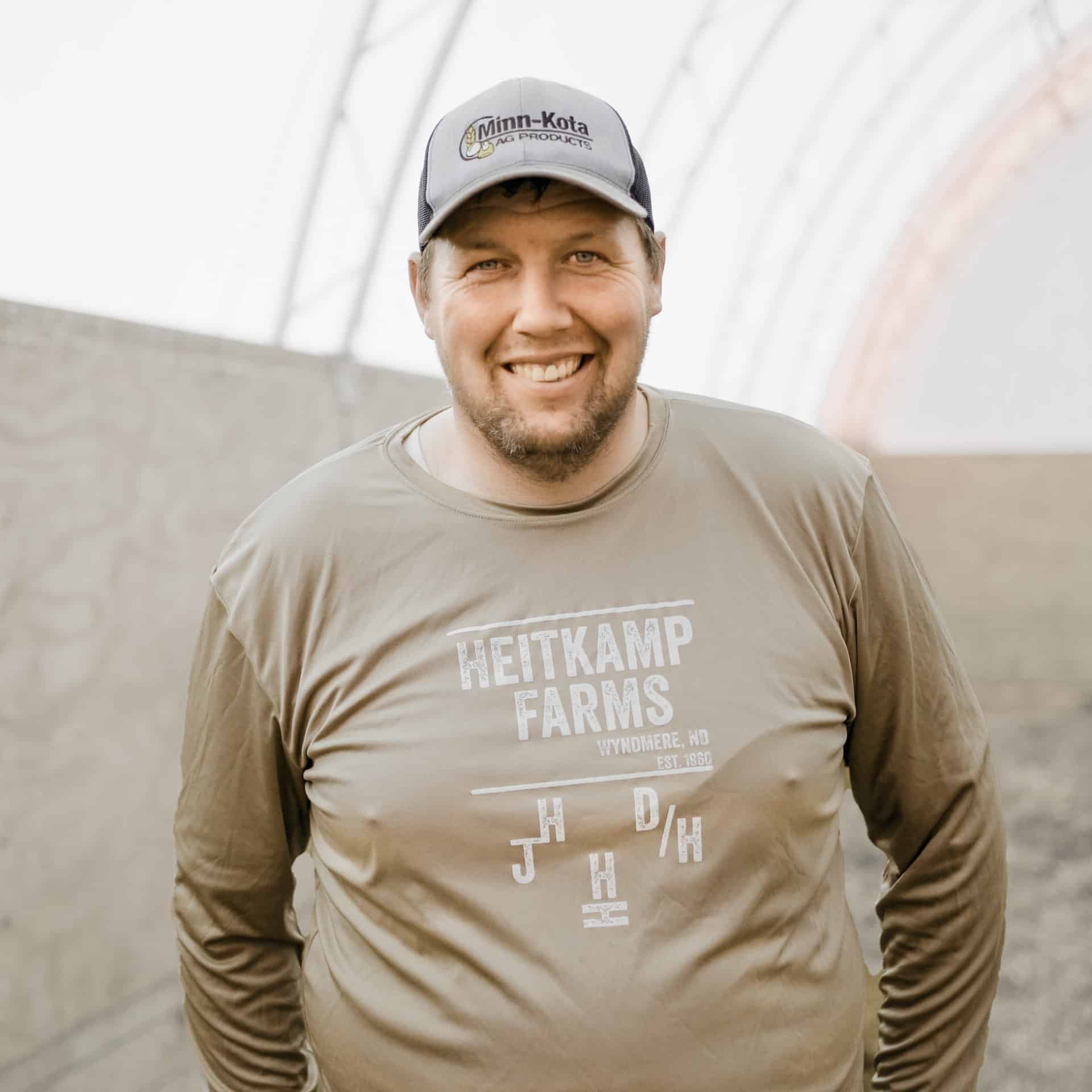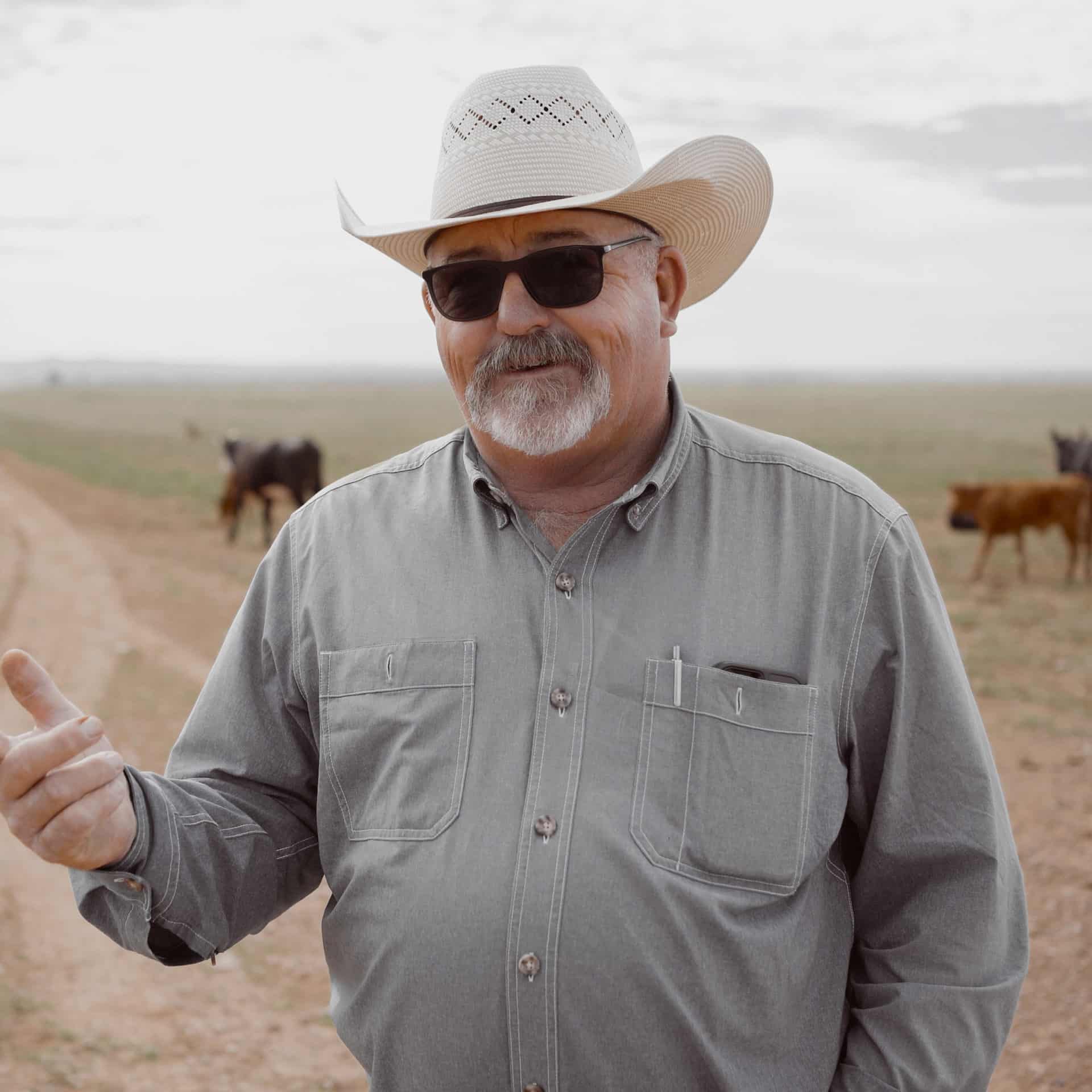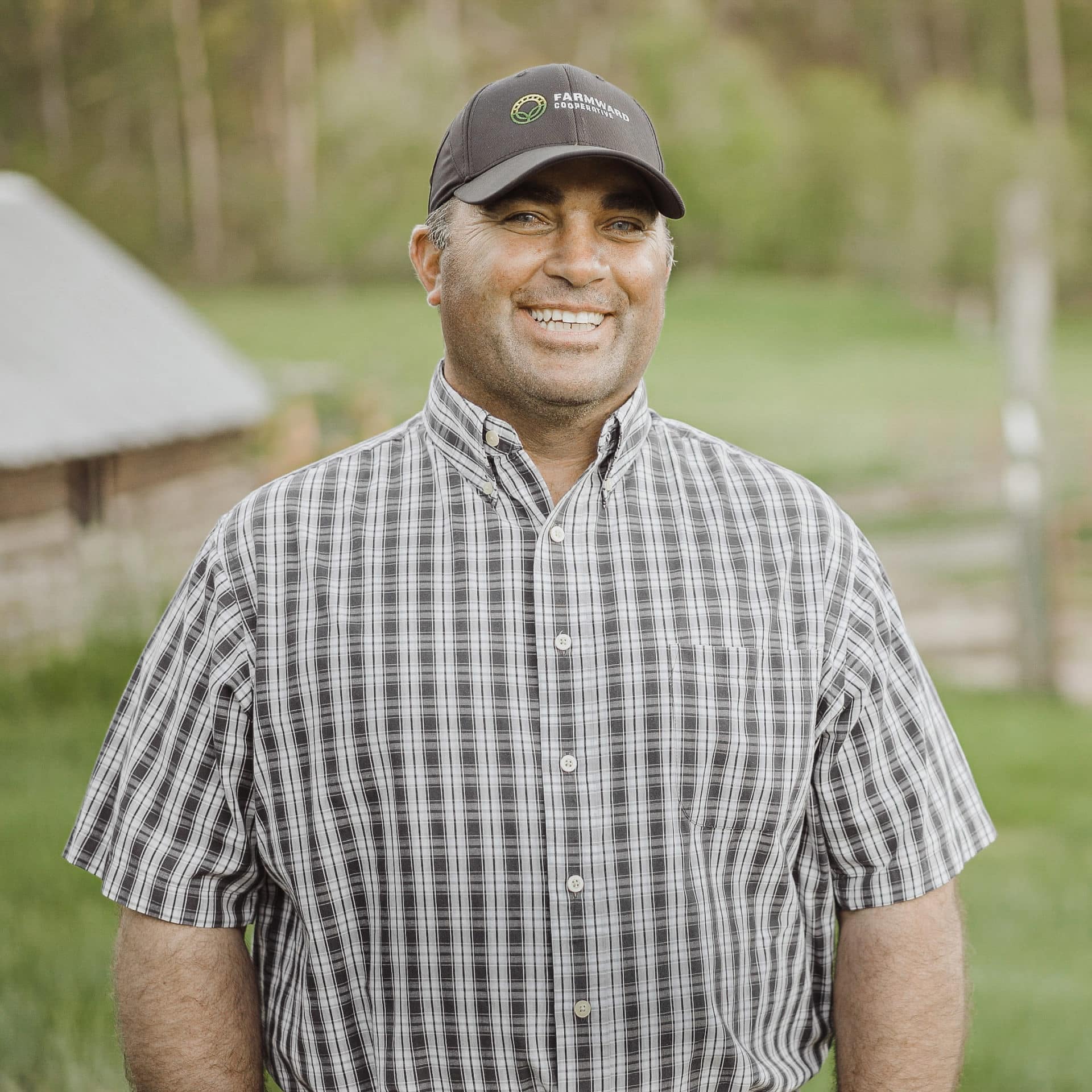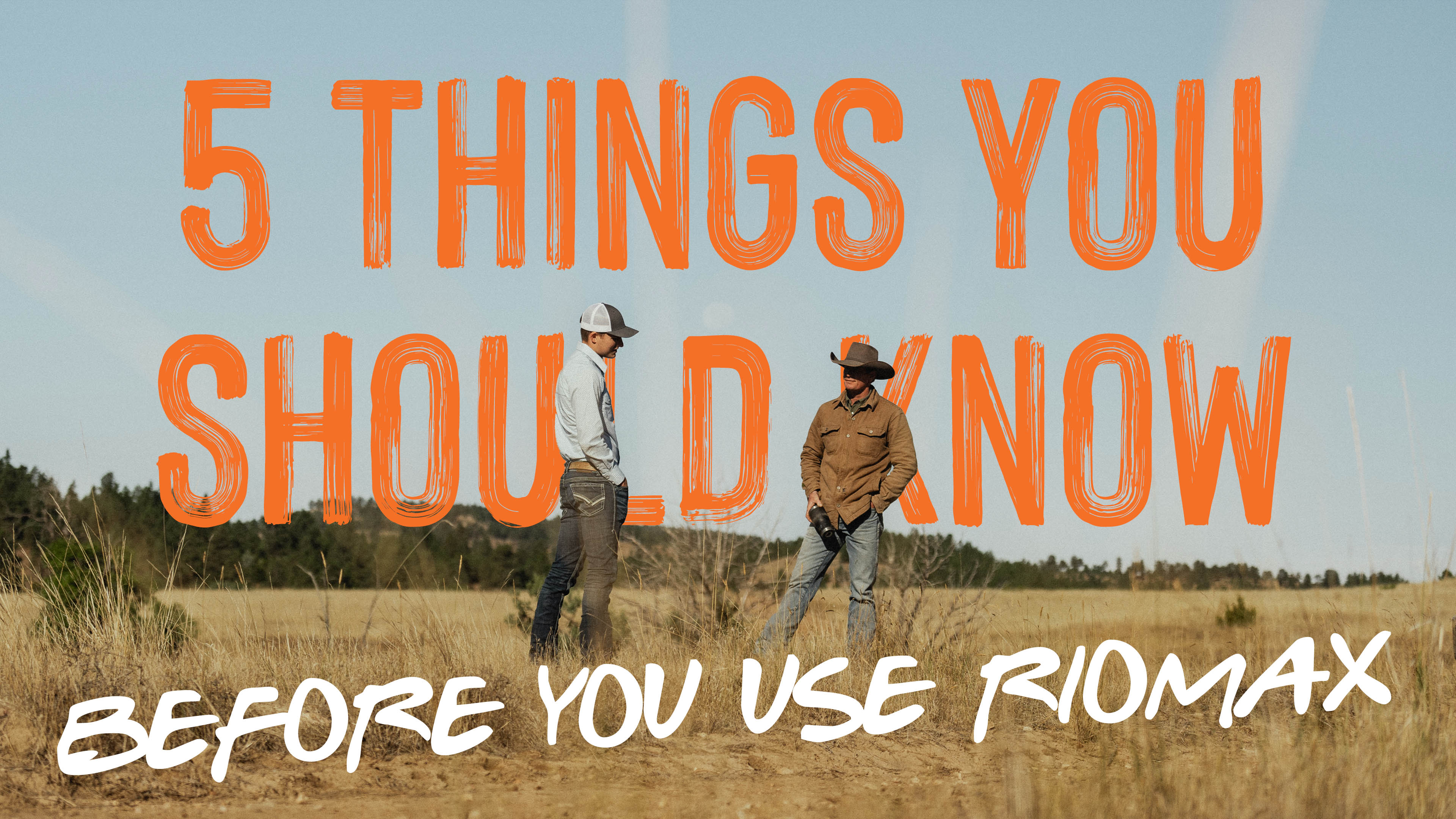Last updated on August 29th, 2025 at 10:28 am
CLICK ON HEADINGS TO JUMP DIRECTLY TO THEM ↓

LESSONS FROM THE HOMEPLACE.
An Oklahoma rancher's story.
dale ferguson

Elmore City, Oklahoma
If you’re going to spend that much money, you’re darn sure going to take the time to learn enough to convince yourself that the investment is worth it.
That was Dale Ferguson’s mindset at the beginning of the journey that led him to swallow hard and write a check for his first load of orange Riomax tubs.
He’s glad he did. He only wishes he’d pulled the plug earlier.
As it was, he spent nearly two years researching, thinking and learning all he could about Riomax. During the COVID years, he watched as many Riomax webinars as he could. He talked with the people at Riomax and with his nearest Riomax dealer, asking about the experiences the dealer found in his own cow herd as well as that of his customers.
But the thought of that initial investment for a load of the orange tubs held him back. Finally, he decided to write the check, telling himself and the dealer he’d give the tubs six months to prove themselves.
“By the end of month three, I was convinced it was a good program,” he says. Then came the next hard decision: One of the hardest things I had (to do) was keep cutting back feed. It’s hard to cut feed when your cows are looking good. But if you keep cutting, eventually you find that magic number.”
Ferguson is a commercial cow-calf rancher in southwest Oklahoma, near Elmore City. His grandfather initially put the outfit together in the 1950s and Ferguson bought the home place where he now lives from his uncle in 1993. He’s added additional grazing ground since then, which allows him to better manage the different age classes in his herd.
Ferguson introduced some Brangus heifers into the cow herd early on, bred to Angus bulls, and that remains the genetic rotation in his herd. “Then when they get a little too much (Angus), we go back with Brangus bulls. We try to keep from getting too much ear and dewlap and stuff, but we try to keep them black-eyed.”
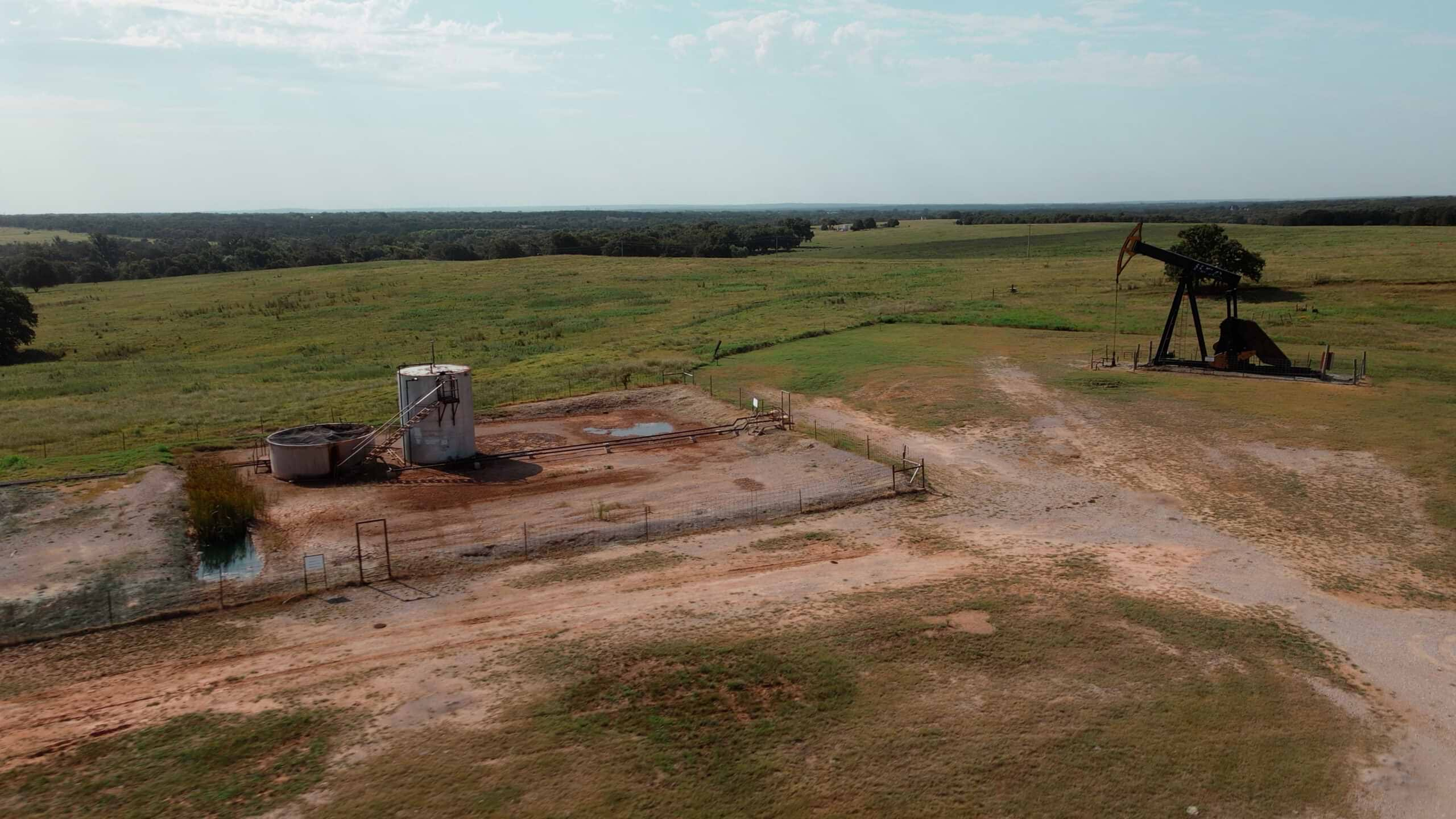
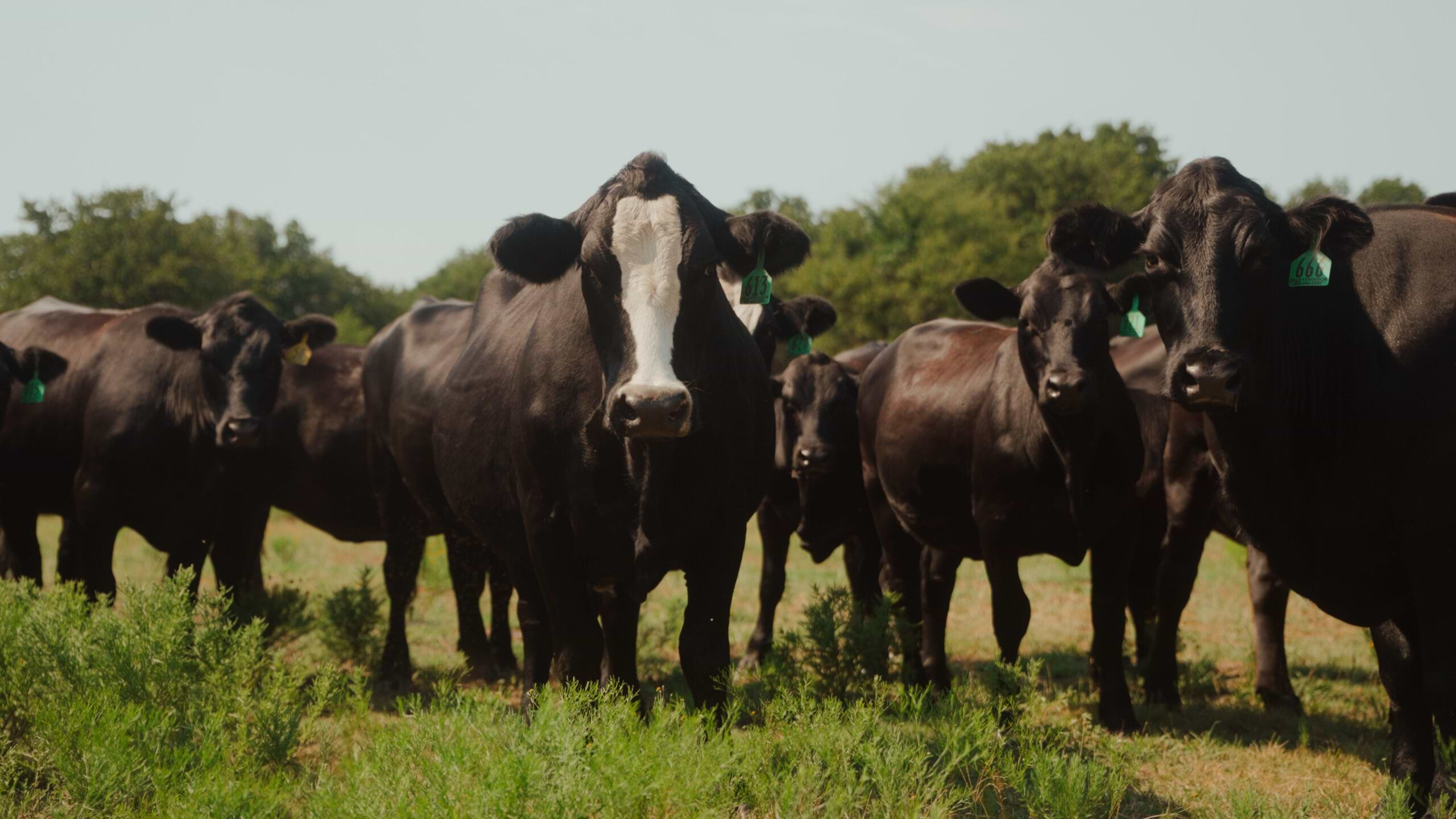
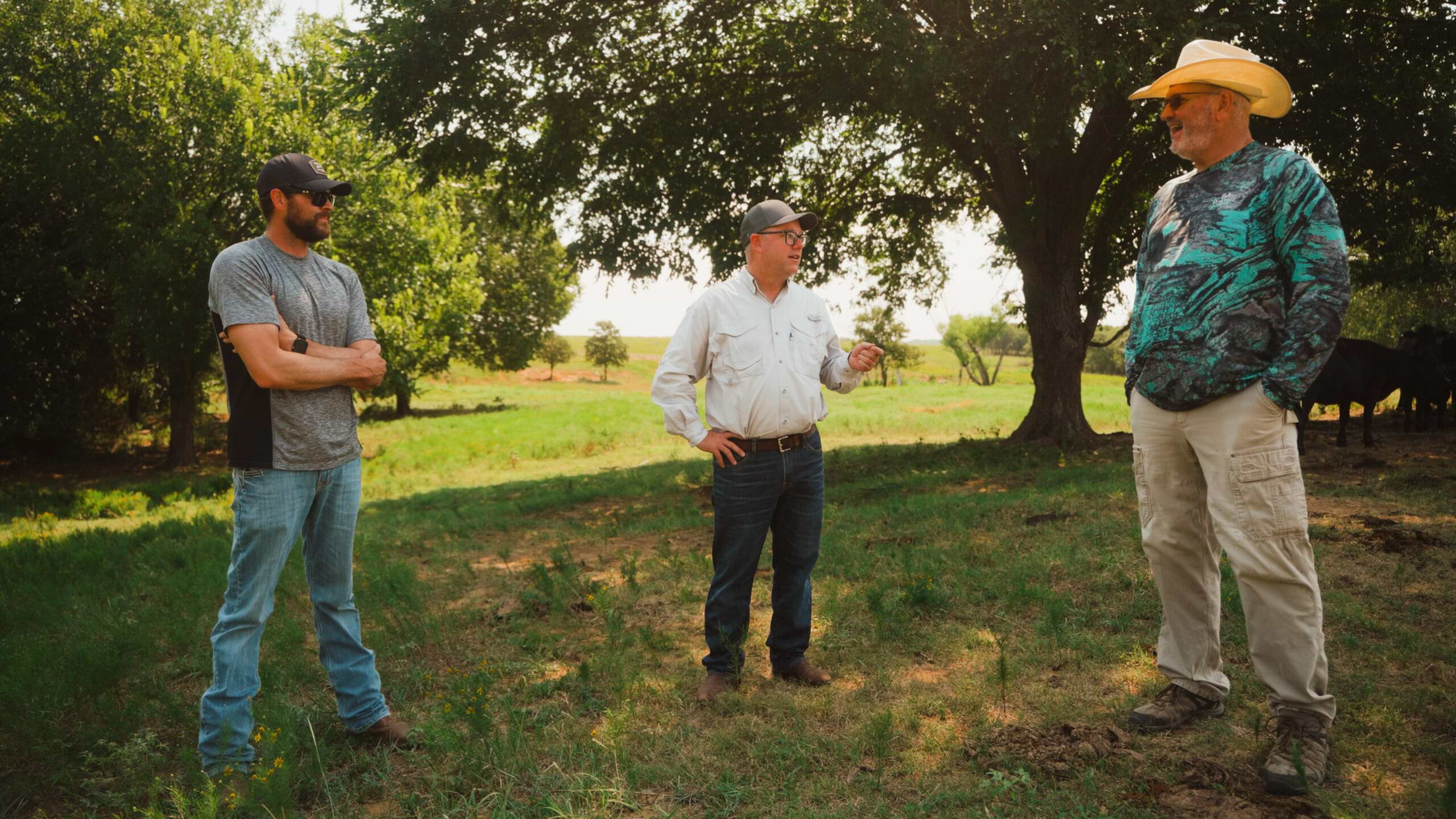
The pastures are spread out in two locations—the Home Place and the West Place. The Home Place is fenced, which allows him to rotate pastures and keep things moving between the cows, replacement heifers and weaned calves. The West Place, however, is rough and steep, cut up into sections by several creeks. It’s hard to fence, so traditional, year-round grazing is employed there.
Forage is largely native, interspersed with old-world bluestem and prairie bluestem. Those grasses don’t last long, he says, because the cattle will go to them first. “If you don’t get them off it off pretty quick, they’ll keep it too short. In addition, crabgrass grows along the creek bottoms, another forage the cattle prefer.
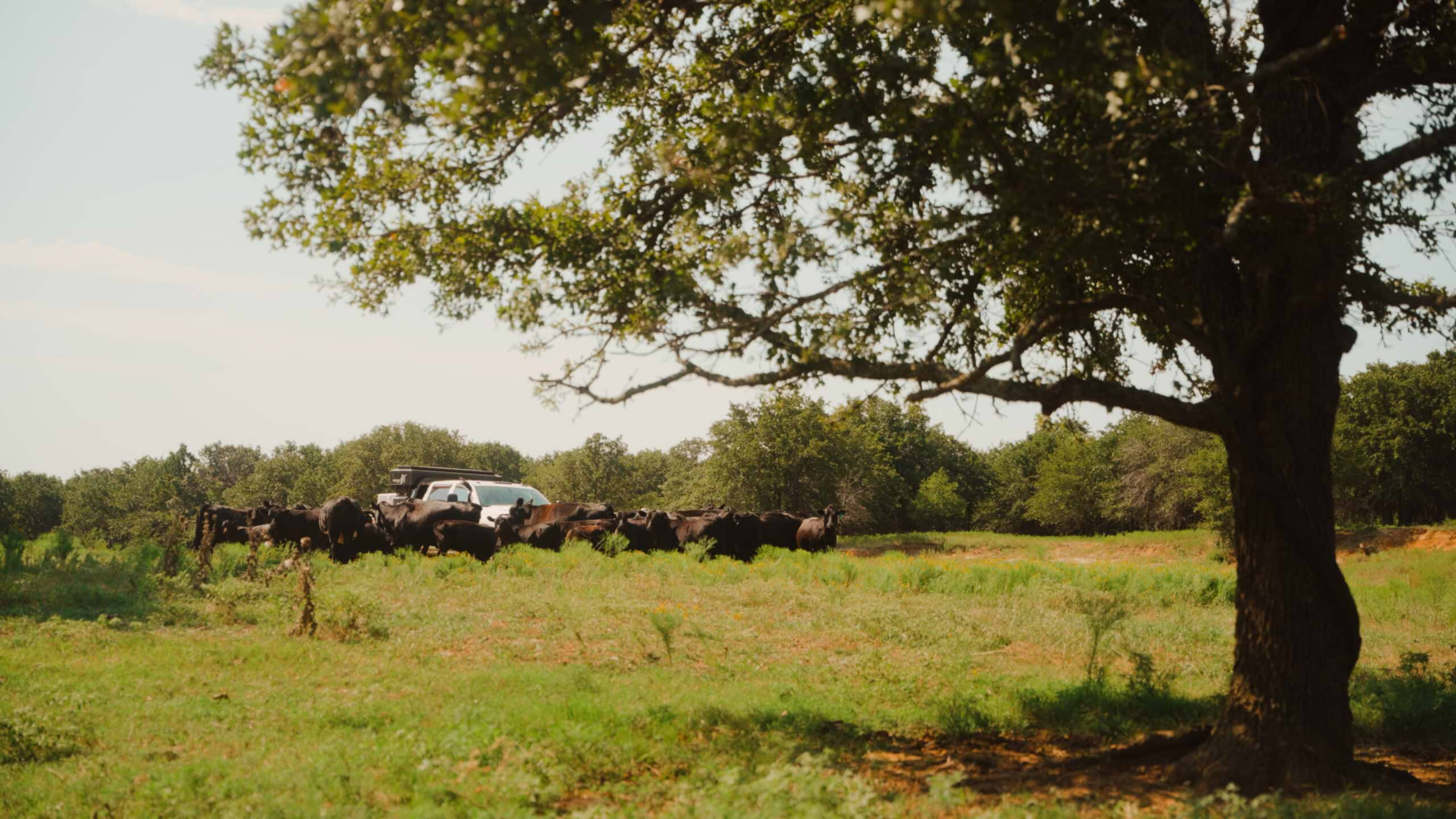
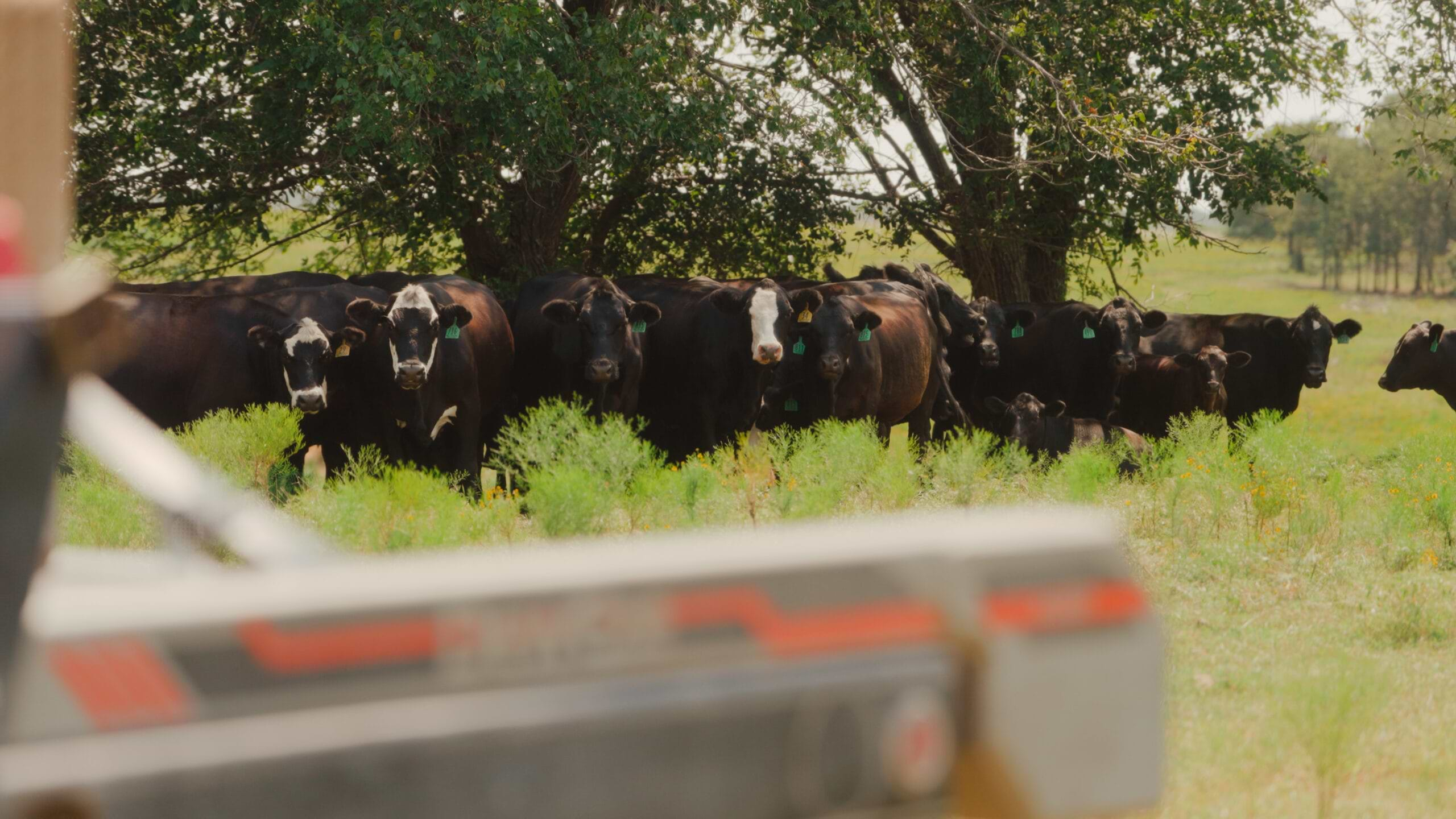
Counting Round Bales
Ferguson doesn’t put up any hay, meaning he buys all the feed his cattle eat. In addition to hay, he buys other commodities which he blends and feeds in a trough to cattle on the Home Place. Cattle on the West Place get protein cubes and cut their own hay.
Beyond the nutritional aspects of feeding the protein cubes, it helps Ferguson and his son keep an eye on the cattle. “My son helps a lot and he has an off-farm job. So on his days off, we try to pack as much in as we can.” Having the cattle come to them saves a lot of time. “Not having to spend most of our time driving through, checking the cattle, saves a lot of time and makes money for us,” he says.
It’s the feed savings, particularly hay, that Ferguson first noticed after his cattle had been on Riomax for a few months. “We used to start with a minimum of 600 round bales a year. We started with around 400 bales last year (2024) and I suspect there’s still 100 or so out there.” Hay, regardless of the year, is expensive. He hasn’t counted the dollars, but it’s clear that cutting his hay consumption in half is a pretty good deal.
And it doesn’t end there. “The conception rate is so much better,” he says. “We had pretty good conception anyway, but it’s better.” Beyond that, he’s seeing more cows that settle earlier. “Our early fall-calving cows are breeding back quick enough now that they’ve become late summer calving cows. They’re cycling faster, they’re doing better and the calves are doing better,” he says.
Ah, yes, the calves. “We don’t doctor. We haven’t treated a pinkeye since we started using Riomax. We haven’t had one outbreak of coccidiosis.”
Ferguson keeps the tubs out year-round and uses the All-Natural Fly Control tubs that include the Repel ingredients. “The cost per tub is not that much higher for the response we get,” he says. “We don’t have a lot of the fly issues that we had.” Flies are still around, he admits. “I don’t think you’ll ever get rid of all the flies. But the flies we have are pretty acceptable.”
He also sees a significant reduction in ticks. He tells of a group of weaned calves they ran through the chute. “We didn’t find any ears that were full of ticks, that were folded up and knotted up. We didn’t find any ticks hinging off their hind quarters. We love the fact that there aren’t ticks and flies all over the cattle. So I think the Repel is well worth it.”
He also thinks that the diatomaceous earth, one of the ingredients in the Repel pack, is a major factor in keeping the worm load down. He worms his replacement heifers when they’re weaned and that’s it. He doesn’t use any worming products after that.
Ferguson puts a white salt block on top of every orange Riomax tub. “That way, if they want salt that day, they lick the salt block. If they need mineral, they go beside the salt block and lick the mineral. I think that’s a significant savings, because if you’re putting out a bag of mineral and if they just need salt, they’re passing that mineral through because that’s where they get their salt.”
He keeps enough tubs out for one to 35 head. That’s a little more than recommended, but he wants the calves to have access as well as the cows. “It’s really cheap on the calves for what it does for them,” he says.
Beyond that, he says the cattle don’t over-consume Riomax like they’ll do with a protein tub. “We’ve tried several different brands of protein tubs in the past and some of them are half-priced. But they go through twice as many and the cattle don’t look near as good.”
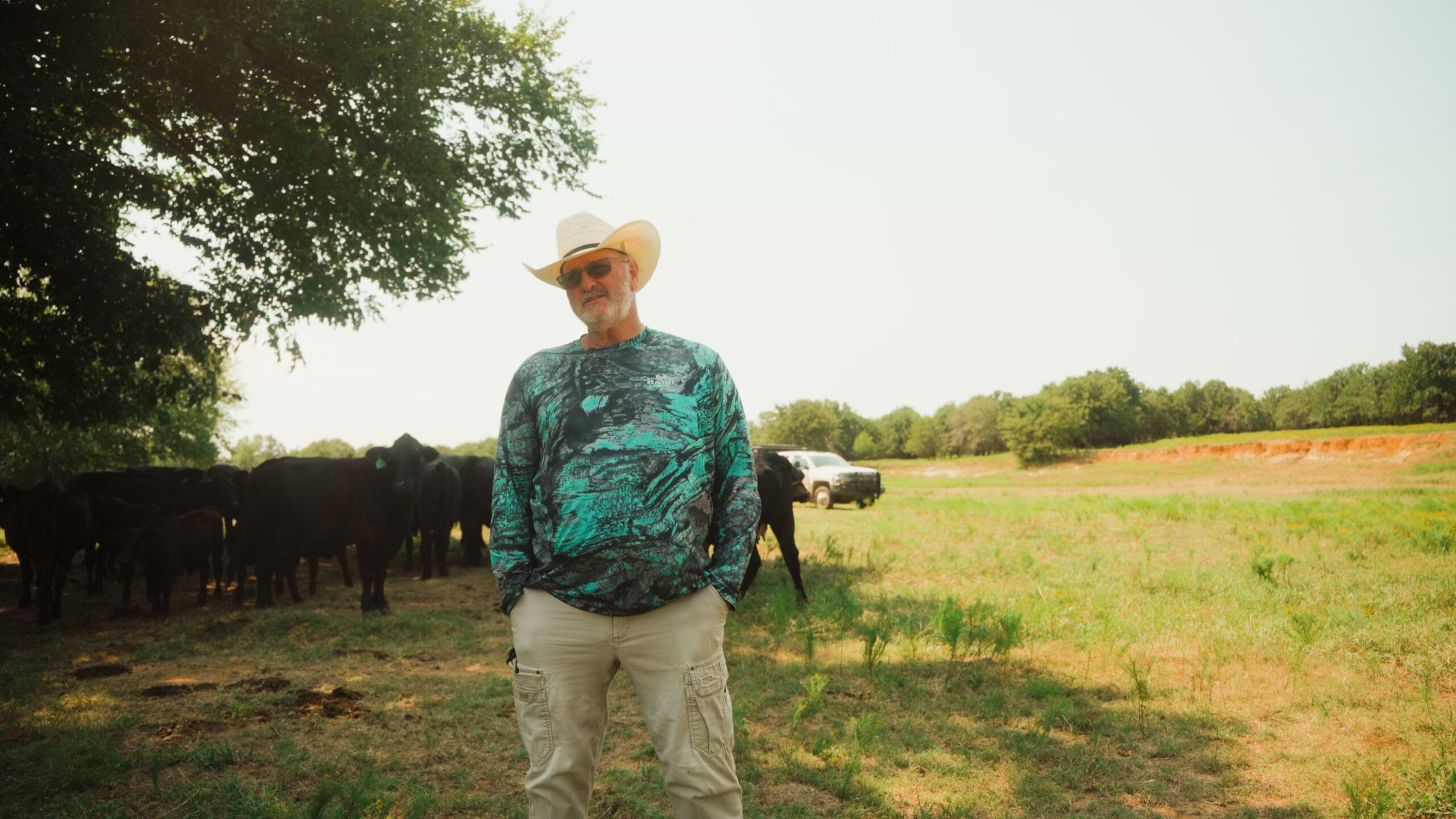
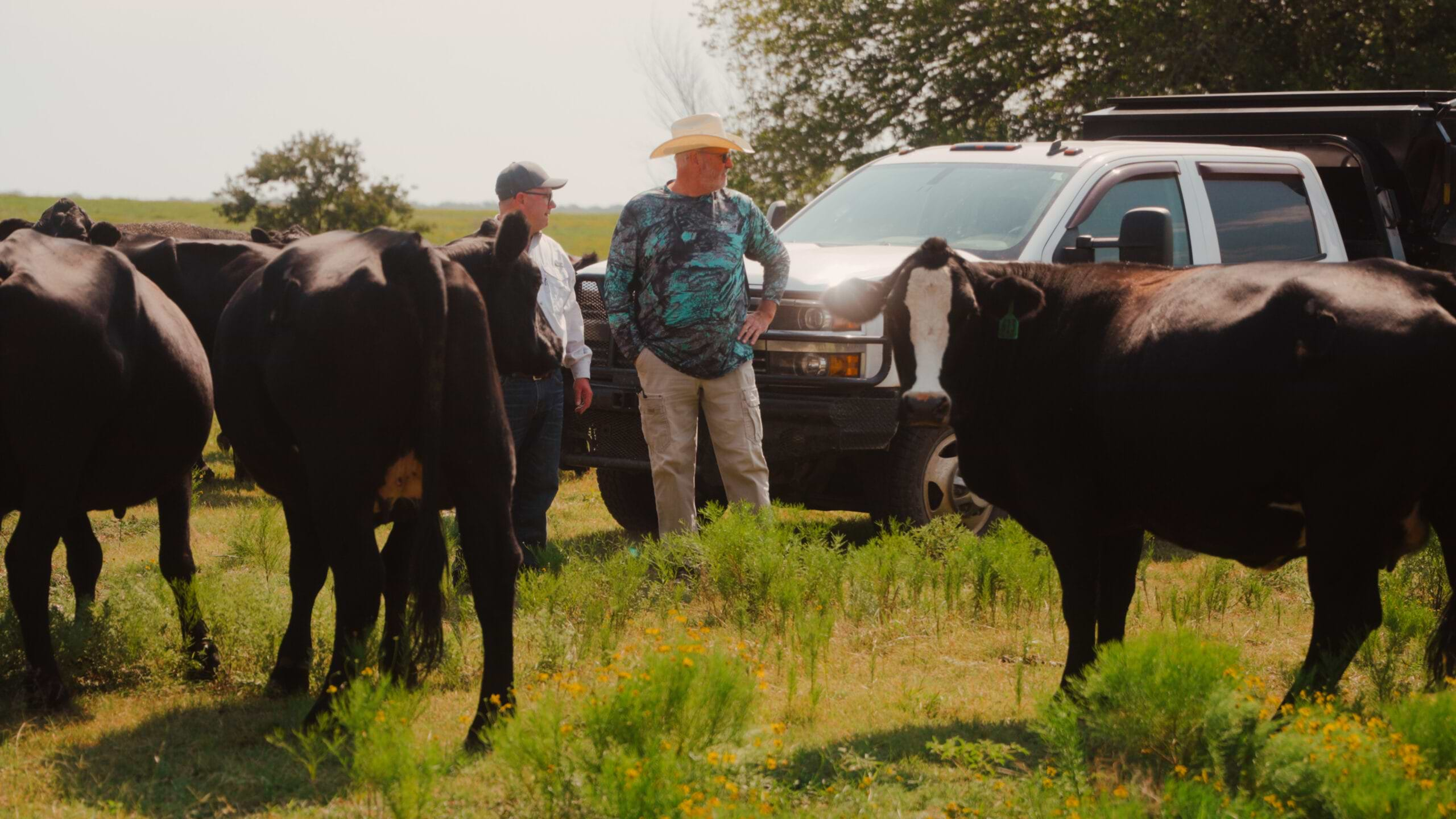
He talks to other ranchers about Riomax and sometimes finds resistance. “It’s hard to make somebody who’s anti-spend-much-money understand just what it will do for your cows, and they sure don’t understand what it’ll do for their calves,” he says.
However, in today’s ranching environment, he says a successful beef producer is one who can adjust and adapt. And he understands that writing that first check is hard to do. But for ranchers who know there are places to cut and places to spend, Riomax is worth a look. “You need to look at new things, but just because you throw money at it doesn’t mean it’s going to work.”
That’s the Riomax difference. He says the advantages the Riomax tubs bring to a ranch easily outweigh the cost. “Keep them out. And when it gets close to empty, put out another one. You’ll get over the check-writing pretty quick.”
Feel Like You're burning through diesel & dollars? so did jon.
Check out our #1 bestselling tub!




